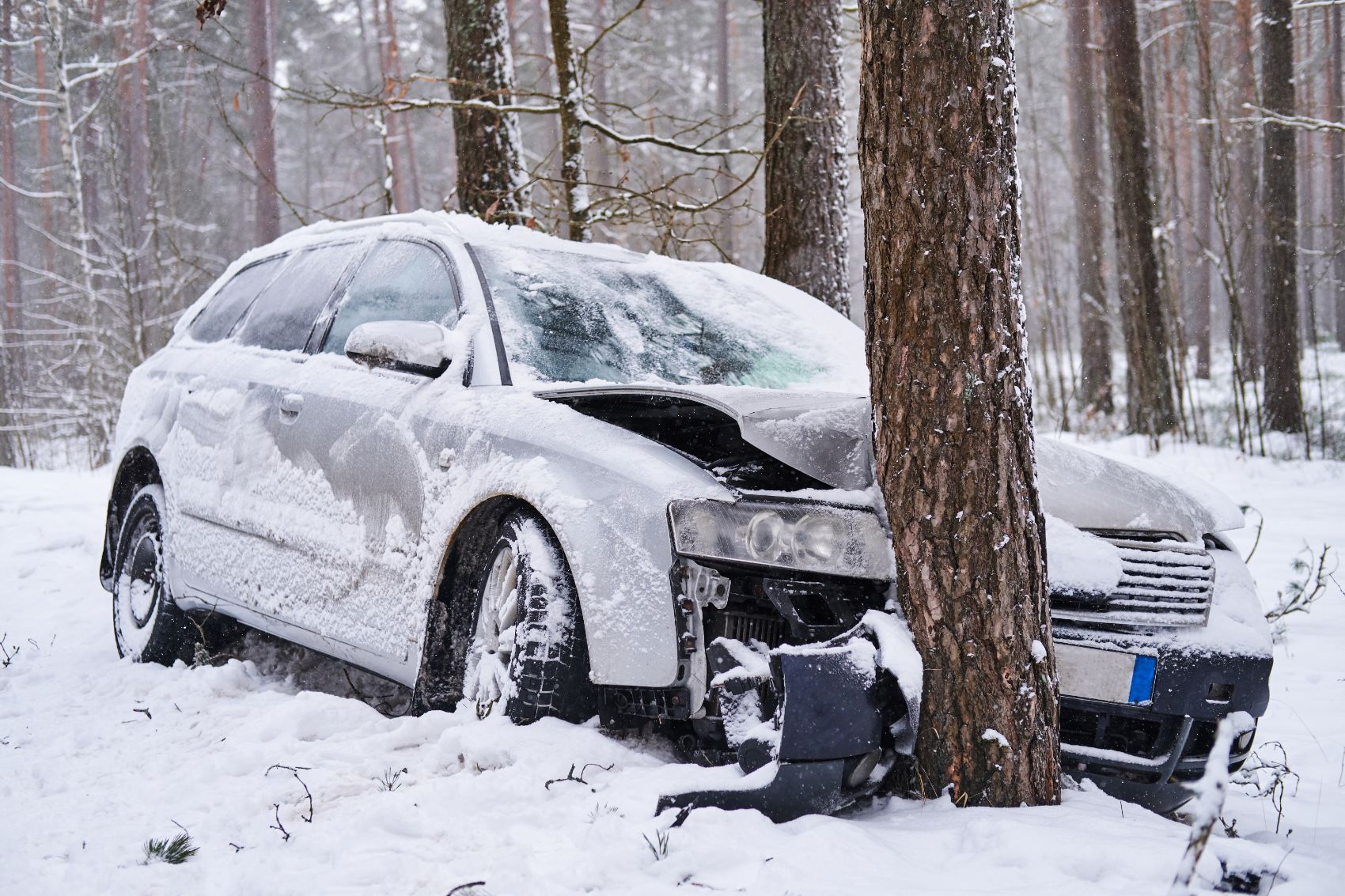A December 2022 report from AAA finds that numerous unsafe driving behaviors, including speeding, operating under the influence, and red-light running, rose between 2020 and 2021. The summary findings are part of a larger body of work from the AAA Foundation for Traffic Safety called the 2021 Traffic Safety Culture Index (TSCI). The report classifies the most recent data as a “reversal of trends” stemming from the start of the COVID-19 pandemic.
Risky Behavior Behind The Wheel
In its latest TSCI press release, AAA cites data from the National Highway Traffic Safety Administration (NHTSA) showing how traffic fatalities have steadily risen since the start of the pandemic in 2020. NHTSA estimates that 42,915 people died in motor vehicle traffic crashes in 2021, a 10.5 percent increase from the 38,824 fatalities in 2020. The number of traffic fatalities in 2020 was the highest on American roadways since 2007, indicating that fewer cars on the road during the pandemic led to a false sense of security.
“The reversal in the frequency of U.S. drivers engaging in risky driving behavior is disturbing,” said Dr. David Yang, Executive Director of the AAA Foundation for Traffic Safety. “While drivers acknowledge that certain activities behind the wheel – like speeding and driving impaired – are not safe, many still engage in these activities anyway.”
In the 2021 TSCI report, AAA found the most dramatic increase among those who felt they had too much to drink but drove anyway. The Michigan State Police and the California Highway Patrol also note that driving under the influence includes cannabis and other drugs, recreational or illicit. “We must be aware of the serious consequences of dangerous driving behaviors and change course,” Dr. Yang added.

Views & Perceptions
Participants in the 2021 TSCI report were asked their thoughts on other dangerous behaviors, like aggressive or drowsy driving. Nearly 90 percent said suddenly switching lanes and pulling very close behind another vehicle was dangerous. However, about a quarter admitted to doing so at least once in the past 30 days. Meanwhile, 95 percent felt drowsy driving was dangerous, although 20 percent indicated they had driven on less than adequate sleep in the last 30 days.
AAA’s 2021 TSCI report also examined the correlation between unsafe driving behaviors and what a loved one might think. For example, 96 percent said a loved one would disapprove of them texting behind the wheel or driving aggressively. In its report, AAA wrote that perceived social disapproval will impact a driver’s decisions. “Fortunately, we know that reinforcing safe behavior with someone we know can influence them to change,” added Jake Nelson, AAA’s director of traffic safety advocacy and research.
AAA recommends stowing our smartphones, slowing down, wearing our seatbelts, designating a sober driver, and encouraging our loved ones to do the same. “On our next ride with a passenger, let’s show them how it’s done safely,” Nelson said. “Together, we can move closer to zero traffic deaths.”


